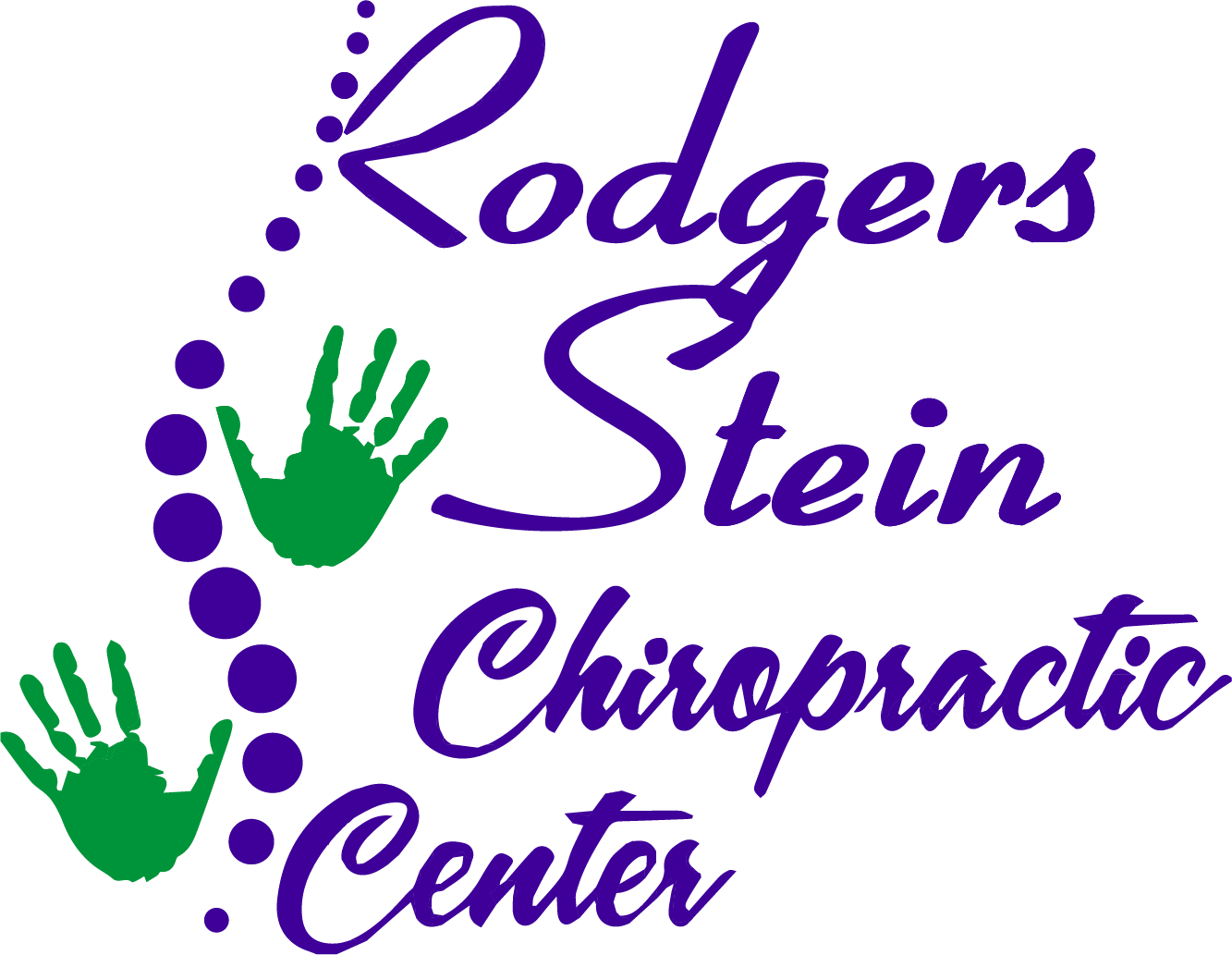When you're maneuvering through the complexities of fibromyalgia, you might wonder how chiropractic care could fit into your management plan. Many find that spinal adjustments and soft tissue therapies help alleviate some of the persistent pain and fatigue associated with the condition. By focusing on spinal alignment and nerve function, chiropractic treatments can potentially enhance overall well-being. But what specific techniques do practitioners use, and how might they integrate with other treatment options? Exploring these aspects can provide deeper insights into how this holistic approach could support your journey.
Understanding Fibromyalgia
When it comes to understanding fibromyalgia, it's essential to recognize it as a complex condition that affects millions. You might experience widespread pain, fatigue, and a host of other symptoms that can make daily activities challenging. It's not just about physical discomfort; fibromyalgia can also impact your mental health, leading to anxiety and depression.
You may find that your symptoms fluctuate, sometimes flaring up without any clear reason. This unpredictability can be frustrating and may leave you feeling isolated. Many people report difficulty sleeping, which can exacerbate fatigue and pain, creating a vicious cycle. Understanding your body's signals is important for managing this condition effectively.
Research suggests that fibromyalgia is linked to how your brain processes pain signals, meaning that even mild stimuli can be interpreted as severe pain. It's not a condition that can be easily diagnosed; doctors often rely on a combination of symptom reporting and physical examinations. You might've had to navigate multiple healthcare providers before receiving a diagnosis, which can be disheartening.
As you learn more about fibromyalgia, it's important to remember that you're not alone. Many support groups and resources are available to connect you with others facing similar challenges.
Overview of Chiropractic Care
Chiropractic care involves various techniques designed to improve your overall well-being.
By understanding these methods, you can see how they may benefit you as a fibromyalgia patient.
Let's explore how chiropractic adjustments and therapies can help alleviate your symptoms.
Chiropractic Techniques Explained
An array of chiropractic techniques can provide relief for those suffering from fibromyalgia.
These techniques focus on aligning the spine and improving overall body function, which may help alleviate some of the symptoms associated with this condition.
Here are a few common chiropractic methods you might encounter:
- Spinal Manipulation: This hands-on technique aims to adjust misaligned vertebrae, improving nerve function and reducing pain.
- Soft Tissue Therapy: Targeting muscles, ligaments, and tendons, this approach helps relieve tension and promote healing in areas affected by fibromyalgia.
- Joint Mobilization: Gentle movements and stretching are used to enhance range of motion in your joints, which can decrease stiffness and discomfort.
- Therapeutic Exercises: Chiropractors often recommend specific exercises to strengthen muscles and improve flexibility, aiding in overall symptom management.
Benefits for Fibromyalgia Patients
Many fibromyalgia patients find that chiropractic care offers significant benefits in managing their symptoms. By focusing on spinal alignment and overall body function, chiropractic adjustments can help reduce pain and improve mobility. You may notice decreased muscle tension and enhanced range of motion, which can lead to a more active lifestyle.
Chiropractic care also emphasizes holistic approaches, addressing not just the physical but also the emotional aspects of fibromyalgia. This can lead to improved sleep quality, which is essential for managing fatigue and overall well-being. Many patients report feeling more relaxed and less stressed after treatments, which can further alleviate fibromyalgia symptoms.
Moreover, regular chiropractic visits can encourage better posture and body mechanics, helping you avoid additional strain and discomfort. Your chiropractor might also provide you with exercises and lifestyle recommendations tailored to your needs, empowering you to take control of your health.
Incorporating chiropractic care into your fibromyalgia management plan can enhance your quality of life, allowing you to engage more fully in daily activities. With the right support, you can find relief and regain a sense of balance in your life.
How Chiropractic Adjustments Help
For those struggling with fibromyalgia, chiropractic adjustments can offer significant relief. These adjustments target misalignments in your spine and improve your overall well-being. By addressing these issues, you may experience a reduction in pain, increased mobility, and an enhanced quality of life.
Chiropractic care helps in several ways:
- Pain Reduction: Adjustments can alleviate pressure on nerves and muscles, leading to decreased pain levels.
- Improved Functionality: By realigning your spine, you may notice better movement and flexibility, making daily activities easier.
- Enhanced Blood Flow: Chiropractic adjustments can stimulate circulation, which may reduce inflammation and promote healing in affected areas.
- Stress Relief: Regular adjustments can also help lower stress levels, which is essential since stress often exacerbates fibromyalgia symptoms.
Incorporating chiropractic care into your treatment plan may complement other therapies you're using. By focusing on your body's alignment and function, these adjustments aim to restore balance and promote healing.
Many patients report feeling a sense of relaxation and relief after each session, which can be particularly beneficial for those dealing with the chronic fatigue and pain associated with fibromyalgia.
Techniques Used in Treatment
Chiropractors utilize various techniques to address the unique needs of fibromyalgia patients. One common approach is spinal manipulation, which focuses on aligning the spine to improve nervous system function and reduce pain. Your chiropractor may also employ gentle techniques, such as the activator method, which uses a small handheld instrument to deliver precise adjustments without the need for twisting or turning your body.
In addition to spinal adjustments, soft tissue therapy plays a significant role in your treatment. Techniques like myofascial release target tight muscles and fascia to alleviate discomfort. By applying sustained pressure to affected areas, your chiropractor helps release tension and promote blood flow, aiding in healing.
Another valuable technique is therapeutic stretching. Your chiropractor may guide you through specific stretches that can enhance flexibility, mobility, and overall function. These stretches can also help manage muscle tightness often associated with fibromyalgia.
Exercise recommendations are also integral to your treatment plan. Your chiropractor might suggest low-impact activities, such as walking or swimming, tailored to your fitness level. These exercises aim to increase your strength and stamina while minimizing strain on your body.
Finally, some chiropractors incorporate nutritional counseling into their approach. They may provide guidance on anti-inflammatory diets that can further support your overall well-being.
Benefits of Chiropractic Care
Chiropractic care offers numerous benefits for individuals suffering from fibromyalgia. By focusing on the spine and nervous system, chiropractic adjustments can help alleviate some of the discomfort associated with this condition. Many patients report feeling more relaxed and less tense after receiving treatment, which can greatly improve their quality of life.
Here are some key benefits you might experience through chiropractic care:
- Pain Relief: Regular adjustments can help reduce muscle tension and improve joint function, leading to a decrease in overall pain levels.
- Improved Mobility: Chiropractic care enhances joint mobility, making it easier for you to perform daily activities without discomfort.
- Better Sleep Quality: By addressing pain and tension, chiropractic treatments can help you achieve a more restful night's sleep, which is vital for managing fibromyalgia symptoms.
- Holistic Approach: Chiropractors often take into account various lifestyle factors, including diet and exercise, which can contribute to your overall well-being.
Incorporating chiropractic care into your fibromyalgia management plan may provide you with a natural alternative to medications.
It's important to communicate openly with your chiropractor about your symptoms and any other treatments you're receiving. By working together, you can develop a personalized approach that best suits your needs.
Patient Experiences and Testimonials
Many patients with fibromyalgia have found relief and support through chiropractic care, sharing their personal experiences and testimonials. You might be surprised to learn how chiropractic adjustments have positively impacted their lives.
One patient, Sarah, struggled with chronic pain for years. After starting chiropractic treatments, she noticed a significant reduction in her pain levels. She describes the experience as transformative, allowing her to engage more fully in daily activities.
Another patient, Tom, emphasizes the holistic approach chiropractic care brings. He mentions that his chiropractor not only focused on spinal adjustments but also took the time to understand his lifestyle and stressors. By addressing these factors, Tom felt more empowered to manage his fibromyalgia symptoms and regain control over his health.
Many patients report improved sleep patterns and increased energy levels after chiropractic sessions. Emily, for instance, shares how her chiropractor taught her relaxation techniques that complemented her adjustments. This combination allowed her to experience deeper, more restorative sleep, which is often elusive for those with fibromyalgia.
You'll also find that community support is a common theme among patient testimonials. Many individuals appreciate the camaraderie and understanding they find in their chiropractic clinics. They often exchange stories and tips, creating a supportive environment that can be incredibly beneficial for coping with fibromyalgia.
Integrating Chiropractic With Other Therapies
Integrating chiropractic care with other therapies can create an all-encompassing approach to managing fibromyalgia symptoms. By combining chiropractic adjustments with other techniques, you can enhance your overall well-being and improve your quality of life.
This multidisciplinary approach allows you to address various aspects of fibromyalgia, such as pain, fatigue, and stress.
One effective method is to pair chiropractic care with physical therapy. This combination can help strengthen muscles and improve flexibility, reducing pain and discomfort.
Additionally, incorporating massage therapy can further alleviate muscle tension and promote relaxation. You might also consider nutritional counseling, as a balanced diet can play a significant role in managing symptoms.
Here are some potential therapies to integrate with chiropractic care:
- Physical therapy: Targets muscle weakness and improves mobility.
- Massage therapy: Relieves muscle tension and promotes relaxation.
- Acupuncture: Addresses pain through traditional Chinese medicine techniques.
- Cognitive-behavioral therapy (CBT): Helps manage stress and emotional well-being.
Potential Risks and Considerations
When considering chiropractic care for fibromyalgia, it's important to be aware of possible side effects.
Individual sensitivity can vary, so what works for one person mightn't work for another.
Always communicate openly with your chiropractor about your specific concerns and experiences.
Possible Side Effects
While chiropractic care can offer relief for fibromyalgia symptoms, it's important to weigh the potential risks and side effects. Although many people find it beneficial, some may experience discomfort or adverse reactions following treatment.
Here are a few possible side effects you should consider:
- Increased pain: Some individuals may feel an increase in pain or soreness after an adjustment, which usually subsides within a day or two.
- Fatigue: You might experience temporary fatigue as your body responds to the treatment. This is common and often resolves quickly.
- Headaches: Occasionally, chiropractic adjustments may result in headaches, particularly in the early stages of care.
- Nerve irritation: In rare cases, adjustments can irritate nearby nerves, leading to additional discomfort or symptoms.
It's essential to communicate openly with your chiropractor about any concerns you have. They can adjust their techniques or suggest alternative approaches tailored to your needs.
Always listen to your body, and if something doesn't feel right, don't hesitate to reach out to a healthcare professional for guidance. Your well-being should always come first.
Individual Sensitivity Considerations
Understanding individual sensitivity to chiropractic care is essential for those managing fibromyalgia. Each person reacts differently to treatments, and what works for one mightn't be suitable for another. It's important to communicate openly with your chiropractor about your symptoms and any previous experiences with chiropractic adjustments.
Some individuals with fibromyalgia may experience heightened sensitivity to touch, pressure, or movement. This means that standard chiropractic techniques could lead to discomfort or exacerbate symptoms. You should discuss tailored approaches that consider your unique sensitivity levels.
Additionally, some patients may have concurrent conditions that influence how they respond to chiropractic care. For instance, if you have conditions like herniated discs or arthritis, your chiropractor might need to modify their techniques to avoid aggravating these issues.
Monitoring your body's responses during and after treatment is essential. If you notice increased pain or fatigue, it's important to inform your chiropractor immediately. They can adjust your care plan accordingly.
Trust your instincts and remember that your comfort and well-being should always come first when considering chiropractic care for fibromyalgia.
Finding a Chiropractor for Fibromyalgia
Finding the right chiropractor for fibromyalgia can feel overwhelming, but it's crucial for managing your symptoms effectively. The right professional can help alleviate pain, improve mobility, and enhance your overall quality of life. Here are some steps to help you find the best chiropractor for your needs.
- Seek Recommendations: Ask your healthcare provider or friends for referrals. Personal experiences can guide you toward trusted practitioners who specialize in fibromyalgia.
- Check Credentials: Confirm the chiropractor is licensed and has experience treating fibromyalgia. Look for additional certifications or training that indicate they understand the complexities of the condition.
- Evaluate Treatment Approaches: Not all chiropractors use the same techniques. Some might focus on spinal adjustments, while others may incorporate soft tissue therapy or other modalities. Choose one whose methods resonate with your preferences and comfort level.
- Schedule a Consultation: Most chiropractors offer an initial consultation. Use this opportunity to discuss your symptoms, ask questions, and gauge their approach. It's important to feel comfortable and understood.
Finding the right chiropractor for your fibromyalgia journey can take time, but it's worth the effort. You want someone who not only understands the condition but also tailors treatment plans to your specific needs.
Conclusion
To sum up, chiropractic care can be a valuable ally in managing fibromyalgia symptoms. By focusing on spinal alignment and overall wellness, you may experience reduced pain, improved mobility, and better sleep. The personalized approach fosters a strong partnership between you and your chiropractor, ensuring your treatment is tailored to your unique needs. If you're considering chiropractic care, remember to integrate it with other therapies for a thorough approach to your fibromyalgia management.



